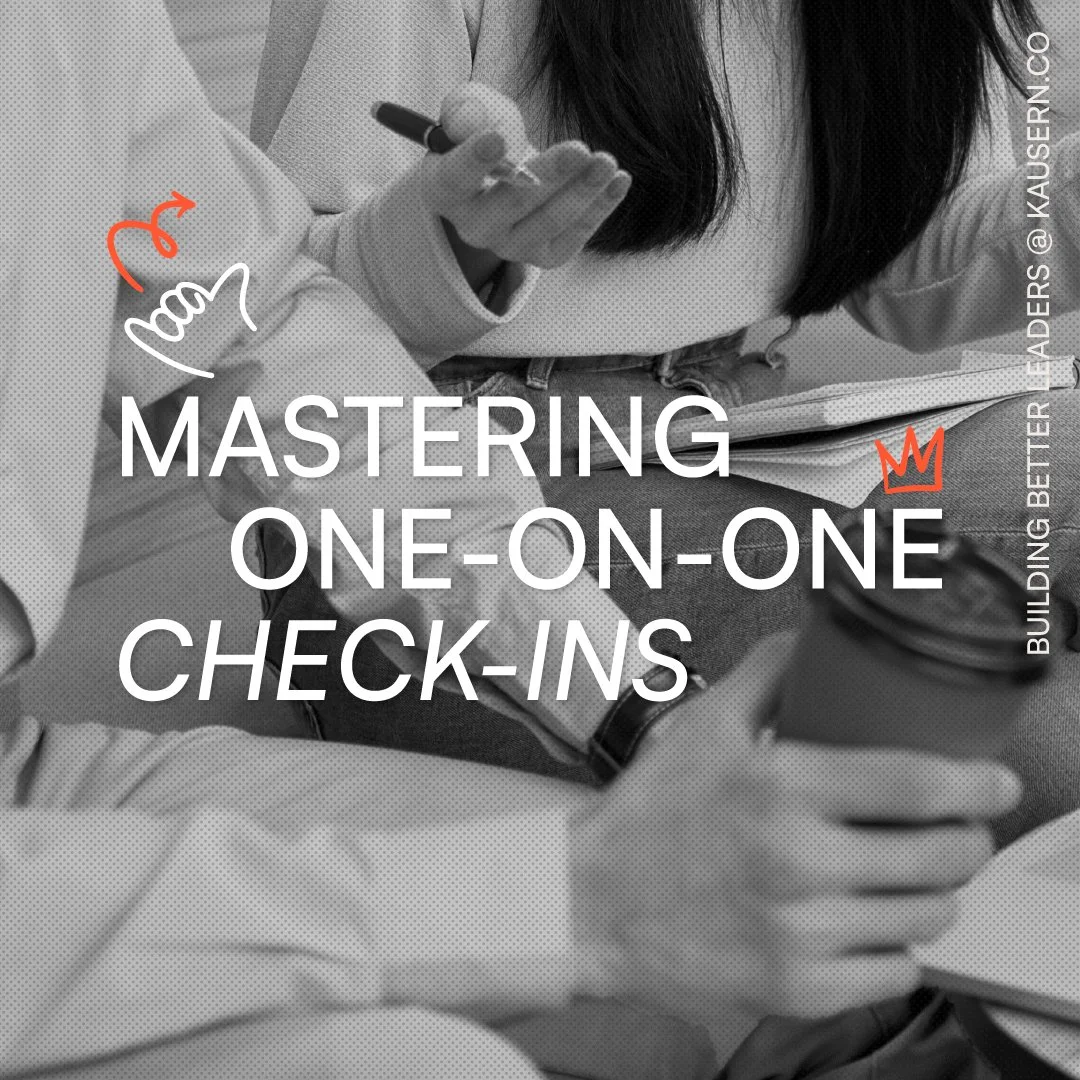Mastering One-on-One Check-ins
Many managers experience anxiety about one-on-one check-ins, often avoiding these sessions altogether. However, this leads to missed opportunities for regular feedback, ultimately diminishing employee engagement.
Many managers experience anxiety about one-on-one check-ins, often avoiding these sessions altogether. However, this leads to missed opportunities for regular feedback, ultimately diminishing employee engagement.
One-on-one check-ins are essential for addressing concerns, driving performance, and maintaining open communication. The typical agenda includes:
Understanding where team members are mentally and emotionally
Discussing personal development
Aligning on goals
How to Conduct Effective One-on-Ones
Set a Consistent Schedule
Regularity and intention build trust. Aim for bi-weekly or monthly check-ins.
Create a Safe Environment
Foster openness by ensuring a non-judgmental space. Make it clear that this time is for them to share freely.
Prepare Ahead of Time
Review past discussions, performance data, and relevant updates to stay focused.
Set an Agenda
Keep the agenda tight to ensure a productive conversation for example: to align on long-term goals and growth opportunities. Don’t overpacked it.
Begin with Open-Ended Questions
Start by asking, "How are things going?" or "What challenges are you facing?" to encourage meaningful dialogue.
Listen Actively
Show you value their input by asking clarifying questions and summarizing key points.
Provide Constructive Feedback
Offer actionable, supportive feedback - both positive and developmental.
End with Clear Next Steps
Summarize agreed actions and clarify what both sides will do before the next check-in.
I know a team leader who transformed a disengaged team into a high-performing one simply by conducting regular check-ins. Initially, the meetings were brief and awkward, but over time, trust grew. The team began sharing challenges, offering ideas, and seeking feedback. These consistent touchpoints not only built trust but also revealed hidden opportunities, leading to a dynamic shift in team performance.
If you're hesitant about these meetings, I encourage you to start scheduling your first check-in. Your people deserve to be heard, empowered, and supported.

